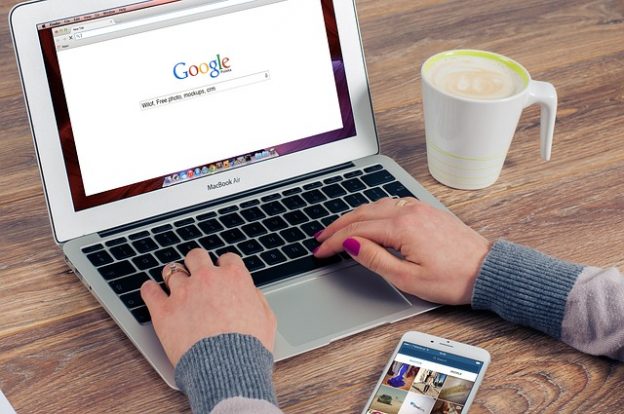The right message delivered to the right person in the right place at the right time can make all the difference in the world. That’s the idea behind proximity marketing, which is functionally the “next step” in location-based marketing. Also known as hyperlocal marketing, the tactic leverages a combination of mobile apps and Bluetooth to deliver contextual, location-based messages to your brand’s most engaged customers.
Bluetooth beacons, the technology behind proximity marketing is not new. As noted by eCommerce retailer Shopify, beacons were first developed and released in 2013 by Apple. They didn’t quite catch on.
However, with the evolution of Bluetooth and the development of new Bluetooth standards, and the emergence of Bluetooth Low Energy, beacons have seen a resurgence. They are now more powerful, affordable, and portable than they’ve ever been. As such, if your organization operates any physical retail outlets, it’s now the perfect time to dive into proximity marketing.
The first thing you’ll need is a mobile app capable of receiving push notifications. This app should provide enough value to your customers that they’ll be willing to download it in large numbers. To give an example, many restaurants and cafes have apps that allow preordering or provide users with exclusive offers.
With your app firmly in place, your next step is to purchase the necessary hardware and licenses for your in-store beacons. There are a ton of different platforms to choose from here, including Bluecats, Nearbee, Gimbal, Kontakt.io, and estimote. Which you use is largely a matter of preference, as they generally offer the same features and functionality.
How many beacons you’ll need per store depends largely on a floor plan and square footage, but we’d recommend purchasing enough that you can establish a complete geofence around your location. This will allow you to not only send geotargeted advertisements and offers to your audience via your app, but can also add an extra layer of personalization to their shopping experience, providing them with contextual data based on their shopping habits, location in the store, and so on.
People already use their phones to do research in-store. With the right contextual prompts, you can inspire them to make purchases they never may have considered making in the first place. There is one caveat to beacon technology, however.
The potential of proximity marketing is largely limited to the consumer space, and to conferences and events. While businesses in other industries could theoretically leverage it, the benefits likely wouldn’t be as significant. However, if you have a widely-used mobile app and work in retail, going hyperlocal has immense value, both to you and to your audience.
In short, it’s something you should already be looking into.
